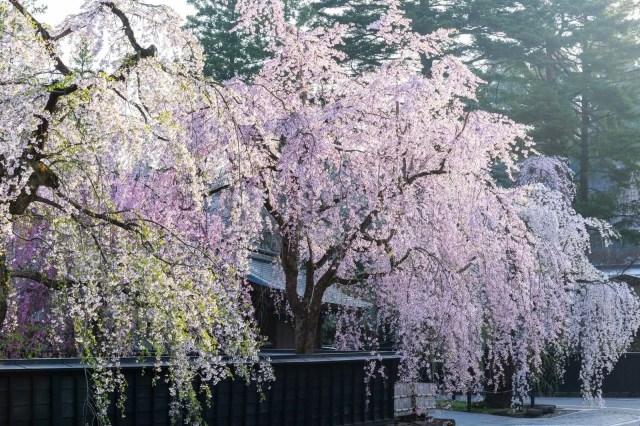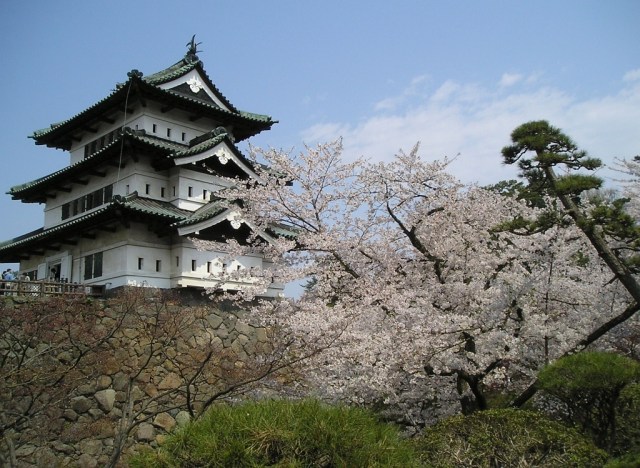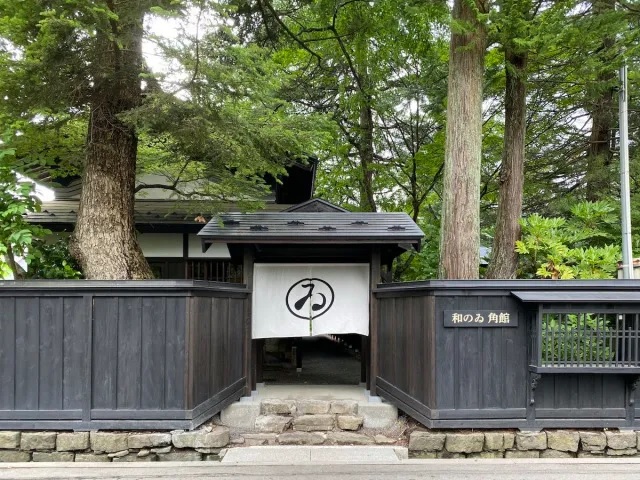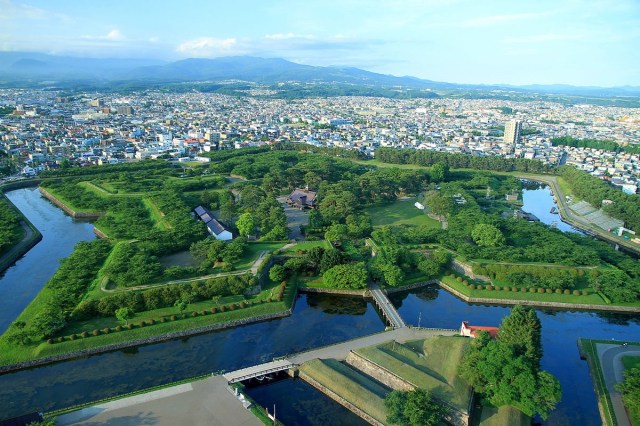New Japan rail pass gives you a week free rides in a huge space to chase the cherry blossoms

Go east, and north, Japan travelers!
The recent price increase for the all-across-Japan Japan Rail Pass may turn out to be, in some ways, a blessing in disguise for travelers. Yes, it is sad that the deeply discounted method for zipping all across the country is now prohibitively expensive for most itineraries. The potential upside, though, is that focusing on one or two regions of Japan, instead of trying to see everything in one trip, can often be the more enjoyable and memorable way to travel, and there are still some great regional rail passes available at very affordable prices.
The most recently announced one comes from two divisions of Japan Railway Company, specifically JR East and JR Hokkaido. They aren’t trying to be clever in the naming, either, as it’s just called the “Hokkaido and East Japan Pass.”
That simplicity is appropriate, though, as the pass gives you seven days of unlimited rides on any and all normal and express-class trains operated by JR East and JR Hokkaido. JR East covers pretty much the entire eastern half of Honshu, the main island of Japan. That includes Tokyo and all of the Kanto region, stretches west to the coastal hot spring town of Atami in Shizuoka Prefecture, and northwest through the Japan alps and Nagano into Niigata in the Hokuriku region. The JR East network also goes all the way up to the tip of the northeastern Tohoku region, including Sendai, Akita, and Aomori. JR Hokkaido, of course, services the island prefecture of Hokkaido, off the northern coast of Tohoku.
▼ Aomori’s Hirosaki Castle

In other words, the Hokkaido and East Japan Pass covers a lot of ground, easily enough for any Japan trip in which you’re taking the time to appreciate the sights, and especially if you want to get a little off the beaten path of the standard Tokyo-Kyoto-Osaka route. The pass even includes unlimited rides on Aoimori Railway Line, Iwate Galaxy Railway Line, and Hokuetsu Express Corporation (in Niigata) regular and express-class trains.
▼ Akita’s Kakunodate district is filled with beautifully preserved samurai residences (some of which have been converted into hotels), and the town is especially lovely in cherry blossom season, as seen at the top of this article.

The Hokkaido and East Japan Pass is priced at 11,330 yen (US$77) for adults and 5,660 yen for children, and since it’s valid for seven days, it should pay for itself pretty easily if you’re doing even a moderate amount of moving around as you explore east Honshu and Hokkaido.
There is a little bit of fine print to be aware of, though, regarding JR’s express-train classifications and nomenclature. The Hokkaido and East Japan Pass provides unlimited rides on standard (futsuu) and regular express (kaisoku) trains. It doesn’t, however, include “special express” trains, i.e. the fanciest, fastest express trains that involve extra fees over the basic JR fares, such as the Shinkansen. As such, the pass is likely best suited to those of you who’ve built a little extra time into your schedule, or are planning several short or mid-length hops in order to thoroughly explore the region, as opposed to travelers who’re planning a single long-distance dash to a destination where they’ll be spending the rest of the week without moving around very much after that.
There is a semi-exception to the Shinkansen exclusion, though. Since this is the Hokkaido and East Japan Pass, not the Hokkaido or East Japan Pass, it does include a slightly discounted way to get from Honshu to Hokkaido, which hare connected by the Shinkansen. Usually, when travelling by Shinkansen, the fare you pay consists of two parts: the base fare between your departure and destination stations, plus a special express/Shinkansen surcharge. For Hokkaido and East Japan Pass holders taking the Shinkansen between Shin-Aomori Station (the northernmost Shinkansen station in Tohoku) and Shin Hakodate Hokuto Station on Hokkaido, though, the base fare will be waived (i.e. pass holders will only need to pay the special express surcharge) for a standing/non-reserved Shinkansen ticket.
▼ Hakodate’s star-shaped Goryokaku fort

The Hokkaido and East Japan Pass will be on sale from February 20 to April 16, available at major JR East and Hokkaido stations, ticket kiosks, and travel agencies. The pass can be used for seven consecutive days between March 1 and April 22, making it a viable way to chase the cherry blossoms as their staggered blooming continues northward (the projected blossoming dates are all within the pass’ usable time frame). Meanwhile, if your Japan travel desires are currently focused on the Hokuriku region specifically, there’s a new rail pass for there too.
Source: JR East via IT Media
Top image: Pakutaso
Insert images: Wikipedia/Binabik, SoraNews24, Wikipedia/京浜にけ
● Want to hear about SoraNews24’s latest articles as soon as they’re published? Follow us on Facebook and Twitter!
Credit:

0 comments: